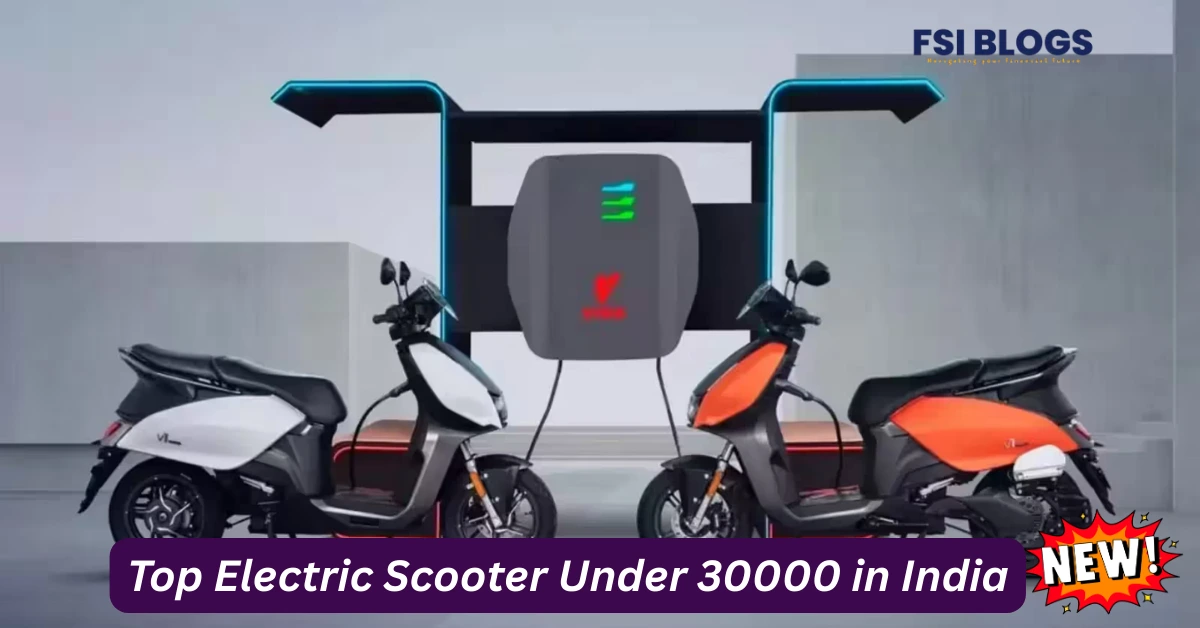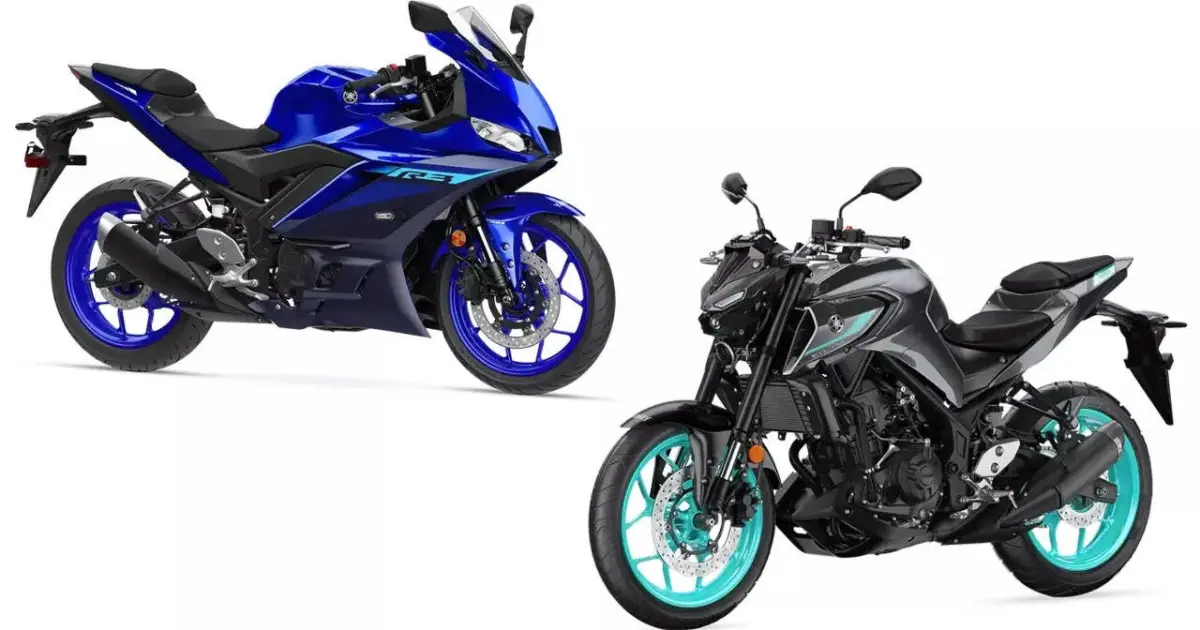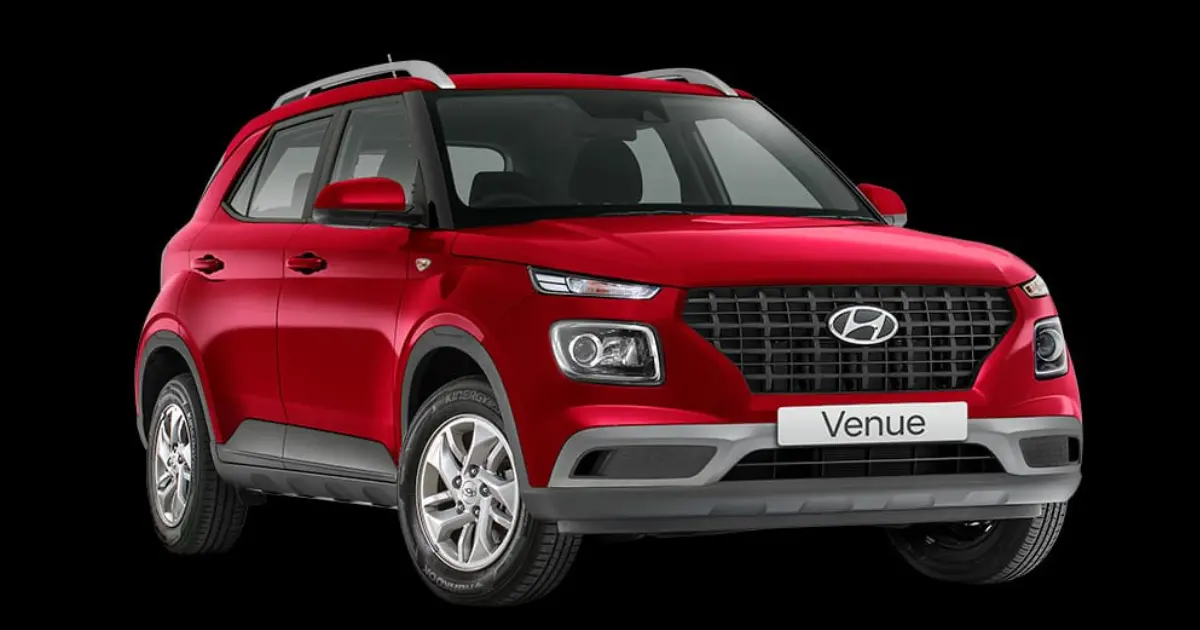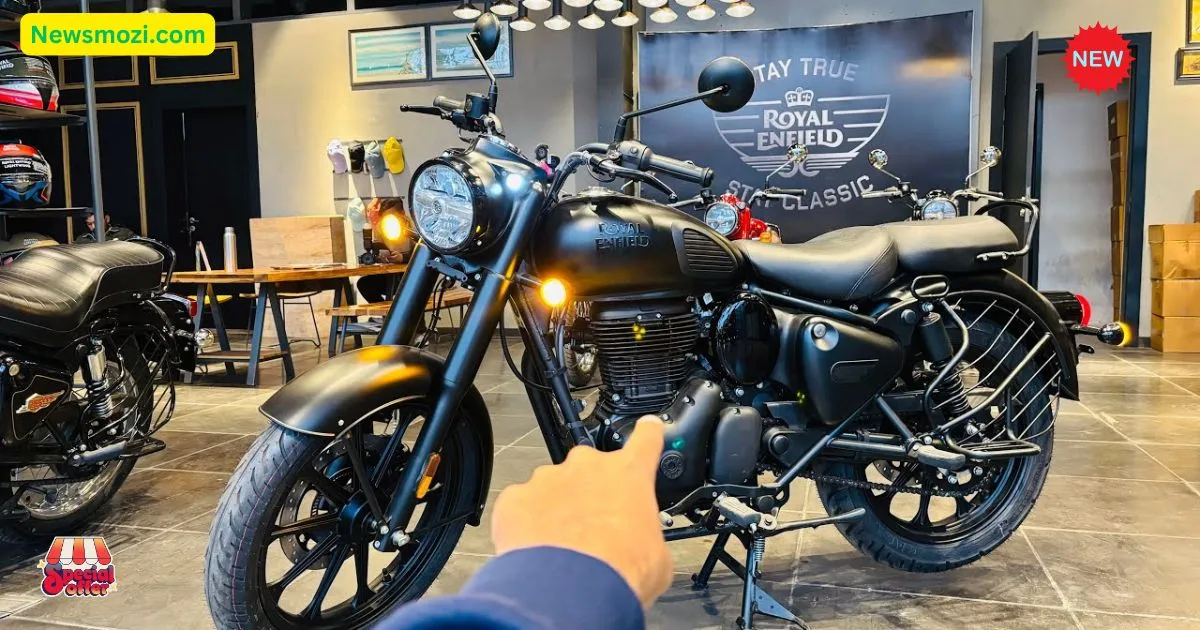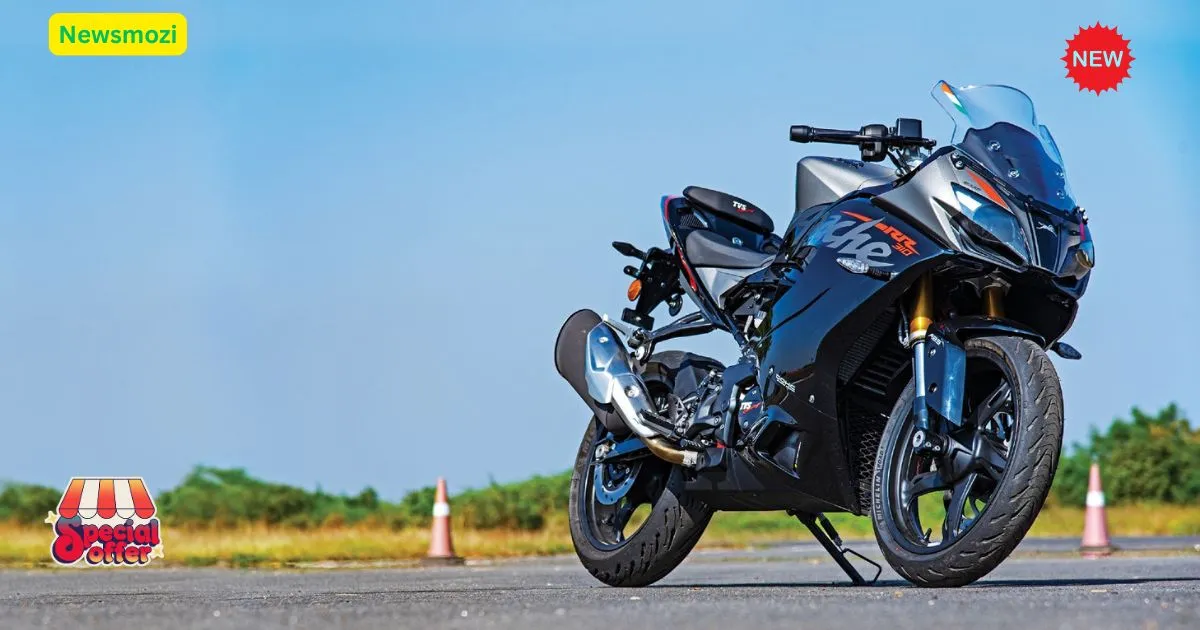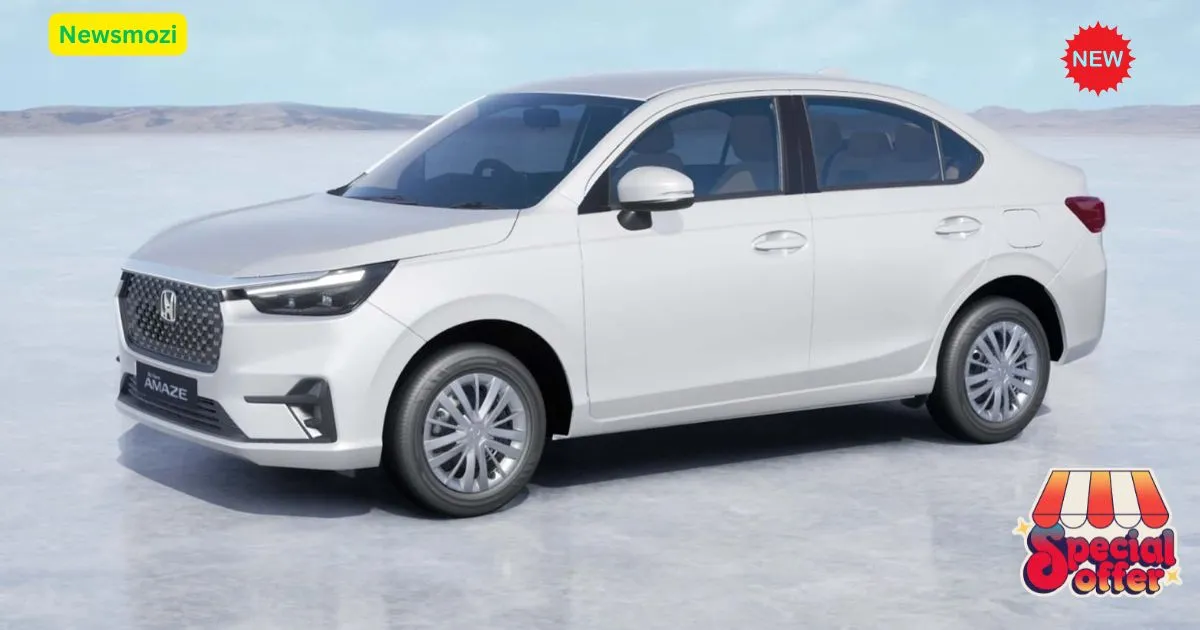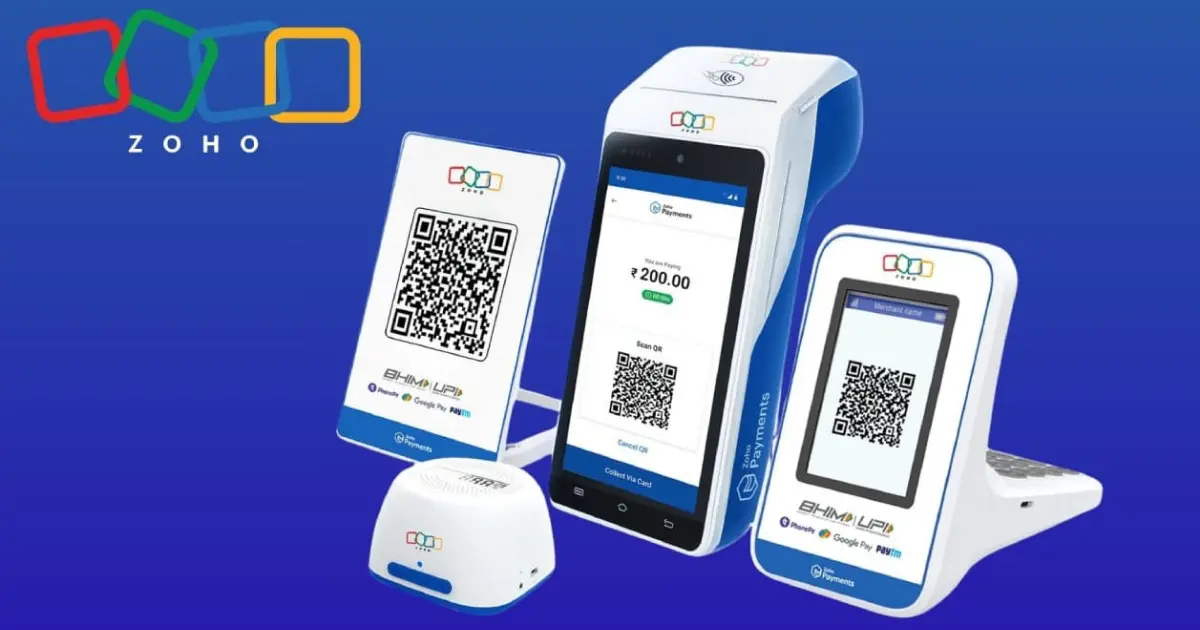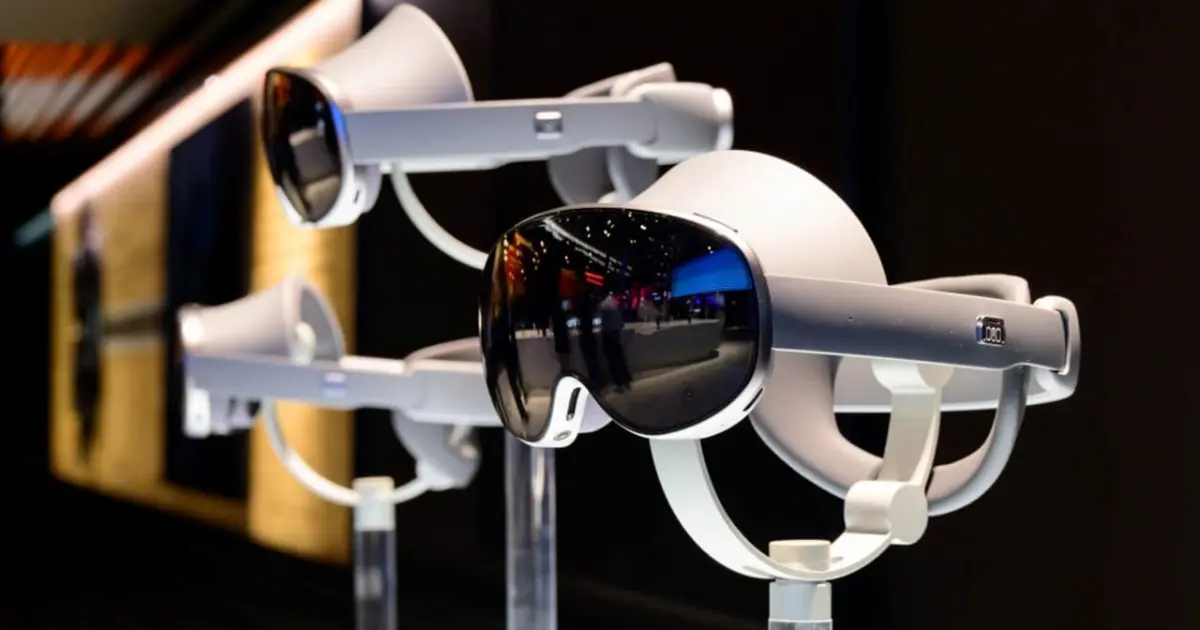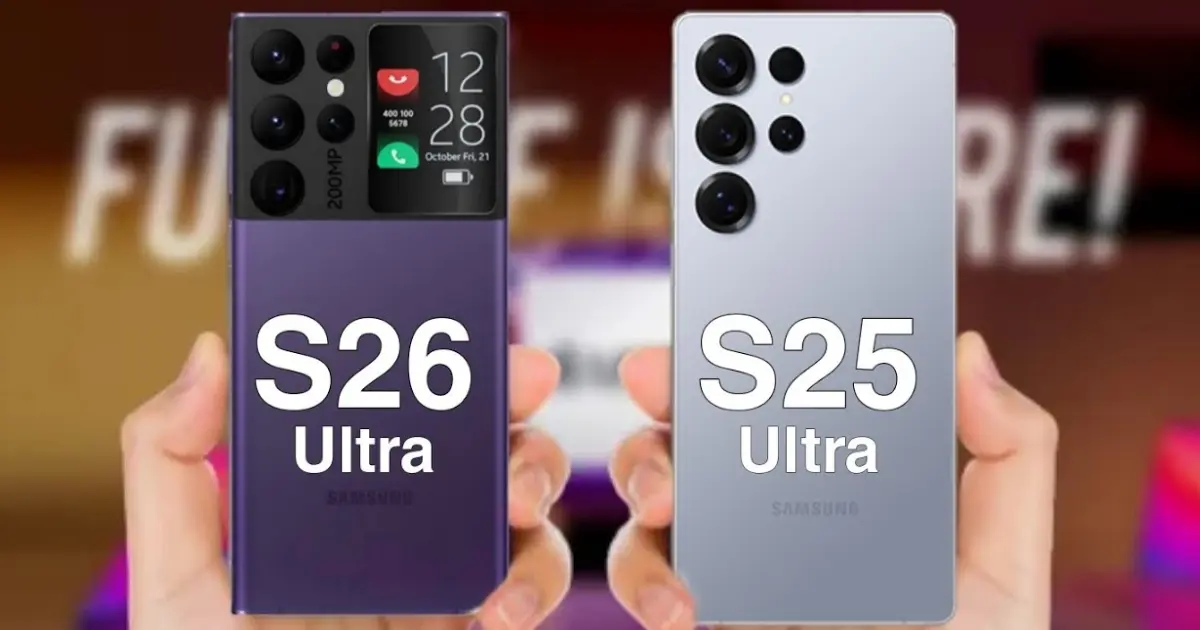Introduction
Searching for an electric scooter under 30000 can lead to exciting options—but also risks. In India, this budget bracket now includes models like the Avon E Plus, Avon E Lite, Komaki Super, and Komaki XR1, offering short-range commuting at affordable prices. Yet, a wave of unlicensed 250W scooters under ₹30,000 has raised safety concerns, lacking proper battery systems and regulatory approval. This article delivers a structured, clear overview—covering key models, pricing, performance, safety advice, and legal tips—organized with 30–50-word paragraphs, H2 headings with H3 subtopics, and bullet points for easier reading and SEO-friendly flow.
Overview of the Budget Segment
Several electric scooters fit under ₹30,000 in India, offering essentials like lightweight design and short-range capabilities suitable for city travel. (91Wheels, ZigWheels)
Why This Price Tier Matters
-
Affordable entry for first-time EV buyers
-
Ideal for short commutes and cost-conscious users
-
Only basic features, so expectations should stay realistic
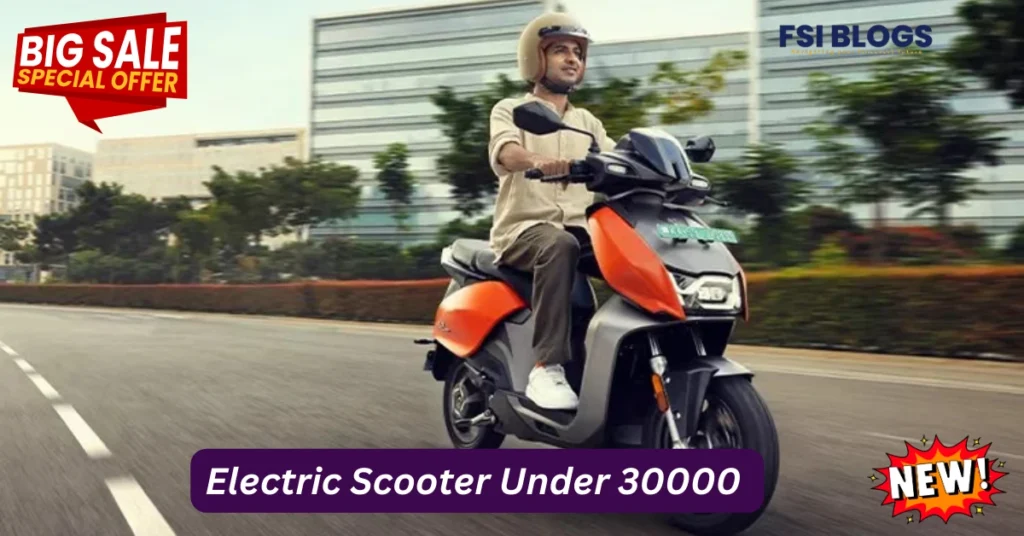
Popular Models Available
Top electric scooters under ₹30,000 include:
-
Avon E Plus – ~₹25,000, ~50 km range
-
Avon E Lite – ~₹28,000, ~50 km range
-
Komaki Super – ~₹29,500, ~60 km range
-
Komaki XR1 – ~₹29,999, ~70–80 km range (91Wheels, ZigWheels)
Quick Comparison Table
| Model | Approx. Price | Claimed Range |
|---|---|---|
| Avon E Plus | ₹25,000 | 50 km |
| Avon E Lite | ₹28,000 | 50 km |
| Komaki Super | ₹29,500 | 60 km |
| Komaki XR1 | ₹29,999 | 70–80 km |
Performance & Real-World Use
These scooters typically feature basic motors under 250W, with modest speeds up to 25–30 km/h. They are best suited for short, low-traffic commutes and not high-speed or long-distance travel.
Key Usage Notes
-
Best for flat, short routes
-
Limited suspension means bumpy rides on rough roads
-
Affordable, but don’t expect highway-grade performance
Safety & Regulatory Concerns
Many sub-₹30,000 scooters in the grey market exploit a legal loophole—being under 250W to avoid mandatory registration and insurance. These often use recycled batteries, lack proper safety systems, and have no crash testing or certification. (TOI)
Key Warnings
-
No insurance or third-party protection
-
Safety risks: overheating, poor battery management, lack of fuses
-
Legal exposure: potential fines and no accountability
Choosing a Safe, Registered Model
To avoid risks, opt for registered scooters from recognized brands. Ensure proper certification (AIS 156 or equivalent), battery management systems, and spare parts support.
Checklist for Buyers
-
Confirm RTO registration and insurance
-
Ask for battery specs and safety features
-
Prioritize brands with service networks—avoid ad-hoc local makers
Value Beyond Price
While cheap, these scooters may lack features like suspension, strong brakes, and long-term reliability. Spending just a bit more could give significant gains in safety and longevity.
Value Optimization Tips
-
Consider higher-range models just above ₹30,000 for better quality
-
Long-term savings often come from durability, not just price
-
Battery health and service should factor into decisions
Conclusion
Finding an electric scooter under 30000 can be tempting—but requires careful evaluation. Models like the Avon E Plus, E Lite, Komaki Super, and Komaki XR1 offer cheap commuting solutions for short distances. However, the rise of unregistered, sub-₹30k scooters poses real hazards—especially those skirting registration and safety protocols.
The wise purchase hinges on registered, certified models from trusted brands, even if they cost a bit more initially. Evaluate battery safety, service network, and user reviews. For most urban riders, investing slightly above ₹30,000 could mean safer, more reliable performance.
FAQs
Are there any real electric scooters under ₹30,000 in India?
Yes—Avon E Plus (₹25k), Avon E Lite (₹28k), Komaki Super (₹29.5k), and Komaki XR1 (₹29,999) prove there are.
Can these scooters be registered and insured?
Some are, but many grey-market models avoid registration by being under 250W—this is unsafe and not advisable.
What is the real range of these scooters?
Claimed ranges are 50–80 km per full charge—real-world range may be lower depending on load, terrain, and battery health.
Are these safe for daily use?
Licensed, certified models can be reasonably safe for light urban commuting. But unregistered versions carry risks like poor battery management and no insurance.
Should buyers spend more for better options?
If feasible, yes—spending slightly beyond ₹30,000 often brings better build quality, safety, range, and peace of mind.
